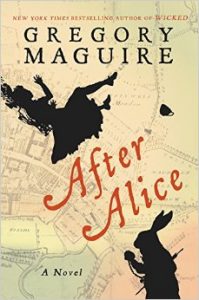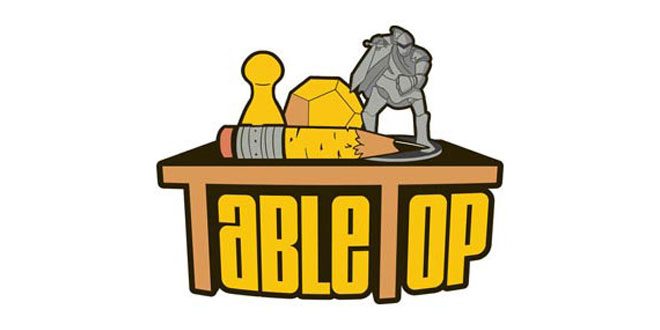November 25th, 1865 was the date when Alice’s Adventures in Wonderland was presented to the world. An instant success, it changed Reverend Charles Lutwidge Dodgson’s life, and became one of the most beloved children?s classics to date. Here are some of the books, features and articles that spoke about this little girl’s journey into the unknown.
Firstly, let’s examine some of the reasons for the impact this book made on our lives. As Peter Hunt says in his An Introduction to Children´s Literature, the first good thing that happened to children’s literature 150 years ago was cheap paper and a new technic for color printing:
The period between 1860 and the First World War saw some dramatic social and political shifts. Families became smaller and more stable, major artistic movements such as the pre-Raphaelites legitimized the vein of fantasy that parallels Victorian utilitarianism; the Empire, at its peak, began to seem a little less sure of itself; and women’s position in society was changing subtly. Books became cheaper with the introduction of Hoe cylinder press in 1860s, cardboard book covers in 1870s, and inexpensive pulp paper in the 1880s. In the 1880s and 1890s photomechanical reproduction of pictures took over […].
Next, this was the Golden Age for children’s authors; just consider the titles that showed up in Victorian times. Wullschläger, in her Victorian Images of Childhood: Inventing Wonderland, notes them all:
Between 1837, when Queen Victoria came to the throne, and the beginning of the First World War in 1914, almost all the books we now regard as children’s classics were published: Alice’s Adventures in Wonderland and Through the Looking Glass; Edward Lear’s nonsense poems, E.E. Nesbit’s Bastable stories and The Railway Children, Frances Hodgson Burnett’s Little Lord Fauntleroy and The Secret Garden, Stevenson’s Treasure Island; Kenneth Grahame’s The Wind in the Willows, J. M. Barrie’s Peter Pan, Beatrix Potter’s Peter Rabbit tales, Kipling’s Stalkey & Co and Just So Stories.
 These books were displaying a whole new point of view about childhood, with its own interests and needs. People were beginning to realize that children were not “small adults” and had started to look for their needs in special ways.
These books were displaying a whole new point of view about childhood, with its own interests and needs. People were beginning to realize that children were not “small adults” and had started to look for their needs in special ways.
Inspired by their close acquaintances, some authors even named their heroes after real kids: Lewis Carroll’s Alice is based on Alice Liddell, and J. M. Barrie’s Peter Pan on Peter Llewelyn Davies, a kid known throughout England as the “boy who never grew up.”
In The Story of Alice by Robert Douglas-Fairhurst, there’s even a Wonderland meets Neverland moment: both children, now famous adults, were invited together to the opening of a bookstore in Oxford St.
As for the best ways to remember 150-year-old Alice here are my favorite five:
1. A list of ten things you probably didn’t know about the book.
2. Medium has launched an online version, complete with notes and interactive illustrations.
3. The Complete Alice even made it into our Geekdad Holiday Gift Guide.
As for adaptations:
 4. After Alice, by Gregory Maguire, is said to be one of the best ones on the subject (I haven’t read it yet, but I’m looking forward to it).
4. After Alice, by Gregory Maguire, is said to be one of the best ones on the subject (I haven’t read it yet, but I’m looking forward to it).
5. Finally, Tim Burton’s upcoming movie seems to be hitting all the right marks as well; alas, it will be released in 2016 and we will have to wait for that one.
Alice’s Adventures in Wonderland is a great book, full of bizarre features and interesting questions. It’s embedded in our imaginations, and hopefully it will stay with us for many years to come.
Featured image by Sir John Tenniel



